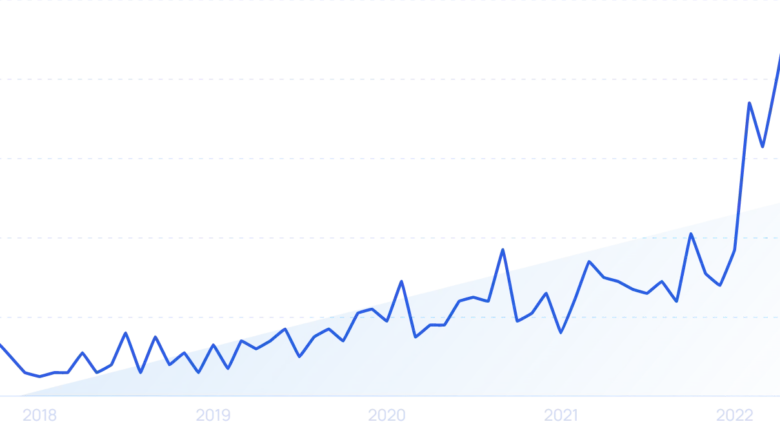Did you know that 90% of the world’s data has been created in the last two years alone? For small and medium-sized businesses (SMBs), this explosion of data presents both a challenge and an opportunity. The challenge is making sense of it all; the opportunity lies in using AI analytics to turn that data into actionable insights. By leveraging AI, SMBs can make smarter, faster, and more informed decisions that drive growth and efficiency.
In this article, we’ll explore how SMBs can use AI analytics to improve decision-making across key areas of their operations, from marketing to inventory management.
What is AI Analytics, and Why Does It Matter?
AI analytics refers to the use of artificial intelligence to analyze data, identify patterns, and provide actionable insights. Unlike traditional analytics, which often requires manual effort and expertise, AI analytics automates the process, making it faster, more accurate, and accessible to businesses of all sizes.
For SMBs, AI analytics is a game-changer. It allows you to make data-driven decisions without needing a team of data scientists or a massive budget. Whether you’re optimizing marketing campaigns, managing inventory, or improving customer experiences, AI analytics can help you work smarter, not harder.
Improving Marketing Campaigns with AI Analytics
Marketing is one of the most data-intensive areas of any business, and AI analytics can help you make the most of it. By analyzing customer behavior, preferences, and engagement, AI can provide insights that drive more effective campaigns.
Example: Tools like HubSpot use AI to analyze customer interactions and recommend personalized marketing strategies. For instance, if a customer frequently purchases a specific product, the tool can suggest targeted email campaigns to upsell related items.
Impact: AI analytics helps you deliver the right message to the right audience at the right time, boosting engagement and ROI.
Optimizing Inventory Management
For small retailers, managing inventory can be a constant challenge. Overstocking ties up cash, while stockouts lead to lost sales. AI analytics can predict demand, optimize stock levels, and reduce waste.
Example: Platforms like Shopify use AI to analyze sales trends and predict inventory needs. If a particular product is trending, the tool can alert you to stock up before demand outpaces supply.
Impact: By optimizing inventory, you can reduce costs, improve customer satisfaction, and avoid missed opportunities.
Enhancing Customer Experiences
Customer experience is a key differentiator for SMBs, and AI analytics can help you deliver personalized, responsive service. By analyzing customer data, AI can identify trends and provide insights to improve satisfaction and loyalty.
Example: Chatbots like Tidio use AI to analyze customer inquiries and provide instant, accurate responses. If a customer frequently asks about your return policy, the chatbot can proactively provide that information during future interactions.
Impact: Personalized, timely interactions build trust and loyalty, helping you stand out in a competitive market.
Streamlining Financial Decision-Making
Financial management is critical for SMBs, and AI analytics can help you make smarter decisions about budgeting, cash flow, and investments.
Example: Tools like QuickBooks use AI to categorize expenses, generate financial reports, and even predict cash flow. If your cash flow is projected to dip next month, the tool can alert you to take action.
Impact: By providing real-time insights, AI analytics helps you make informed financial decisions that support growth and stability.
Boosting Sales with Predictive Insights
AI analytics can help you identify high-potential leads, forecast sales, and optimize your sales process.
Example: CRMs like Zoho CRM use AI to analyze customer interactions and predict which leads are most likely to convert. This allows your sales team to focus their efforts on the most promising opportunities.
Impact: By prioritizing high-potential leads, you can close more deals and grow your revenue.
How SMBs Can Get Started with AI Analytics
Ready to harness the power of AI analytics for smarter decision-making? Here’s how to get started:
- Identify Your Goals: Determine which areas of your business could benefit most from AI analytics, such as marketing, inventory, or customer service.
- Choose the Right Tools: Explore affordable, user-friendly tools like HubSpot, Shopify, or QuickBooks.
- Start Small: Focus on one area, such as improving email marketing or optimizing inventory, and expand as you see results.
- Monitor and Adjust: Regularly review the insights provided by AI analytics and make adjustments to your strategies as needed.
AI analytics is no longer just for large corporations. With affordable, accessible tools, SMBs can leverage AI to make smarter decisions, improve efficiency, and compete effectively in today’s market. By embracing AI analytics, you can turn data into a powerful asset that drives growth and success for your business.
Start exploring AI analytics tools today and see how they can transform your decision-making process!




